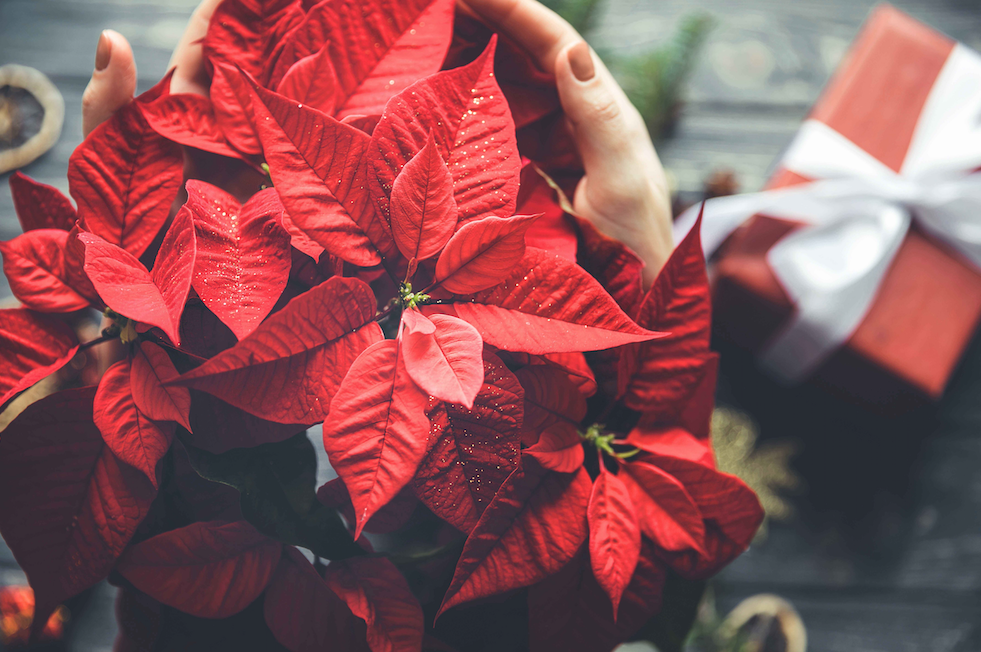
15 House Plants for Christmas
There’s no shame in being a fair weather gardener. Who truly enjoys going outside in the bitter cold to pull weeds, rake leaves and enjoy the little colour left in the garden at this time of year?
If you admit to avoiding your gardening jobs in December, but miss the flora and fauna of warmer months, there are some flowers you can keep indoors that will last through winter.
Poinsettia
This is a Christmas classic and an obvious choice to have blooming in your home during the festive season. The reason why Poinsettias work so well indoors at Christmas is because they’re tropical plants. If you’re placing a Poinsettia on a windowsill, make sure it’s not touching the glass as the cold will damage it. Keep it out of the cold at all costs. Be careful not to overwater Poinsettia, and never leave it sitting in water. Make sure its pot has good drainage.
Amaryllis
Make sure your amaryllis plant is placed in diffused light in room temperature. Be careful not to overwater the plant; keep it barely moist. After Christmas, when the flower starts to fade, cut the flower stem off near the neck of the bulb. Keep your Amaryllis in the sunniest spot in the house and water enough to keep the soil moist. Once outdoor temperatures start to reach above 10 degrees at night in spring, you can move your Amaryllis to the garden. Place in a sunny spot.
Make sure to bring it back indoors in late summer before the first frost. Stop feeding and watering the plant. When the leaves turn yellow, cut them off and place the plant in a cool dark place. Let it rest for 8-10 weeks. After this time, move to a warm sunny spot and water thoroughly. In 8-10 weeks, your Amaryllis should be in bloom, so if you want it for Christmas, start the rest period in early September and move to a warm sunny spot in late October.
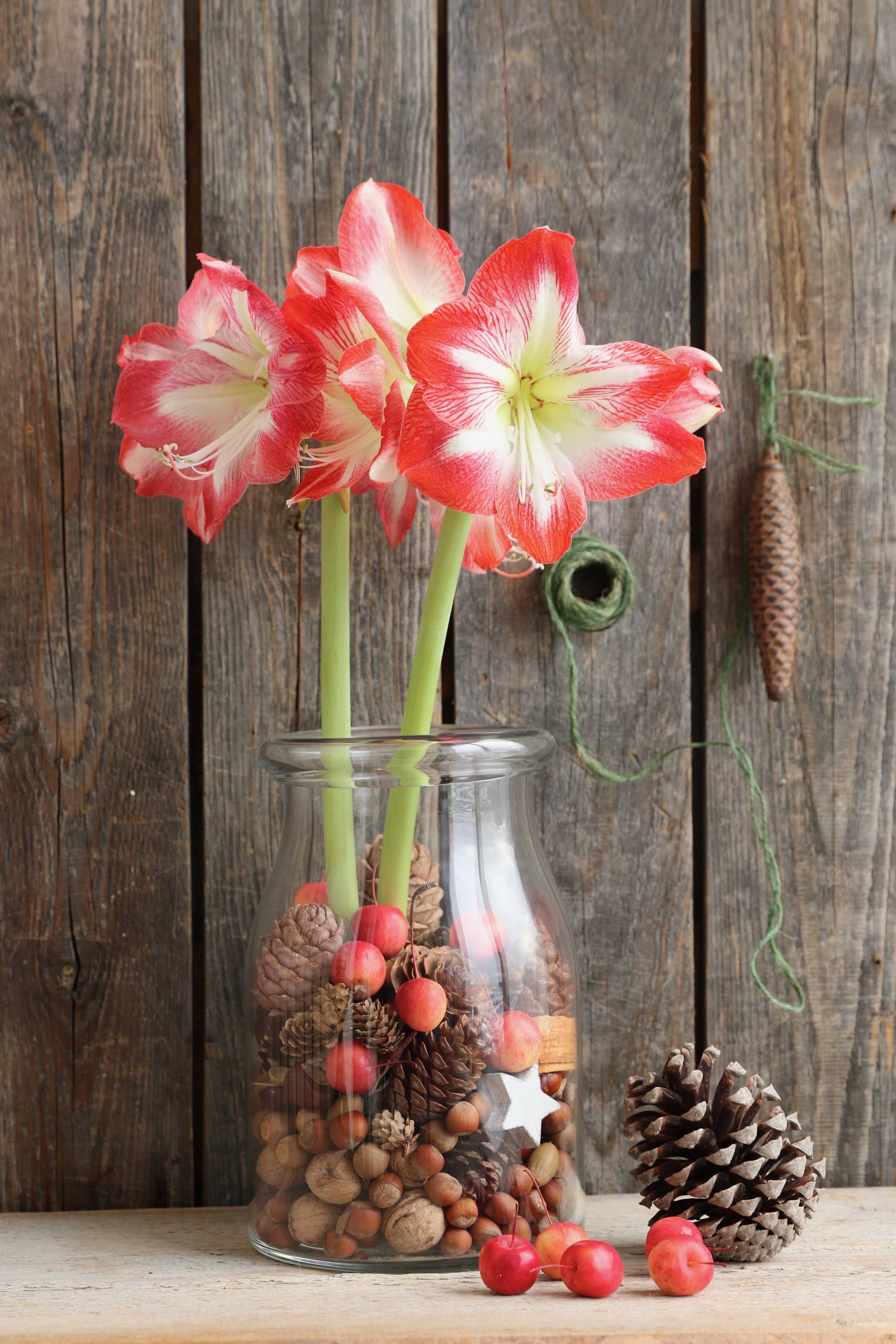
Azaleas
This flower naturally blooms in spring but they’re forced into flower for the Christmas trade. Grow in a cool spot away from direct sunlight. Keep moist and place on a pebble tray to keep it humid. They’re beautiful pink flowers part of the Rhododendron family.
Cyclamen
Cyclamen will bloom for several months and will flower again in future years. Occasional drying out of this plant’s soil is better than overwatering. Indoor Cyclamen are a little more showy than hardy outdoor Cyclamen, and comes in many different varieties with silver marbled leaves, frilled petals or fragrant blooms.
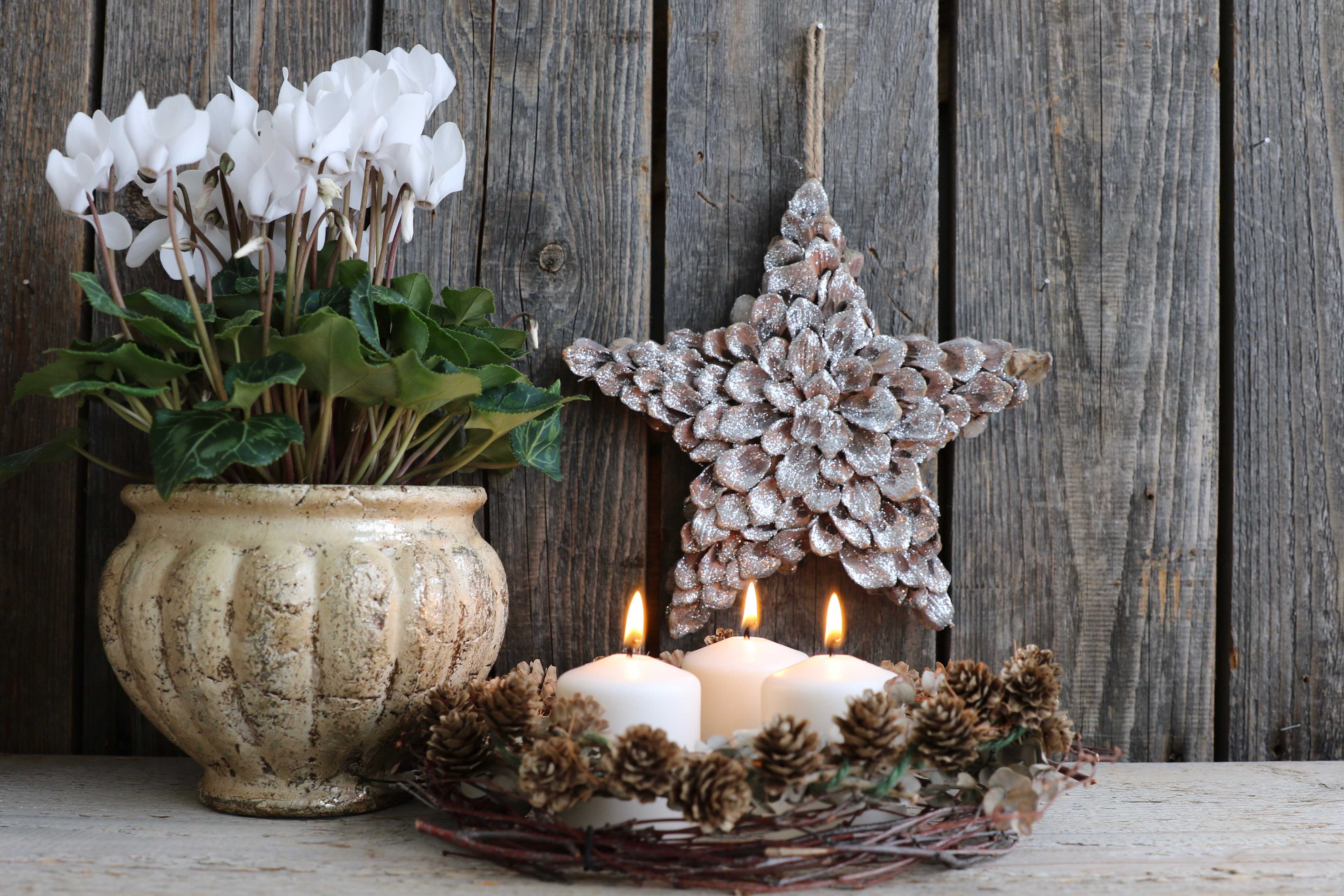
Holly
Famously associated with Christmas, Holly has been a festive plant since the Christmas carol Deck the Halls 150 years ago. If you want to keep Holly indoors, it requires full sun and well-drained soil that’s a little acidic to grow properly.
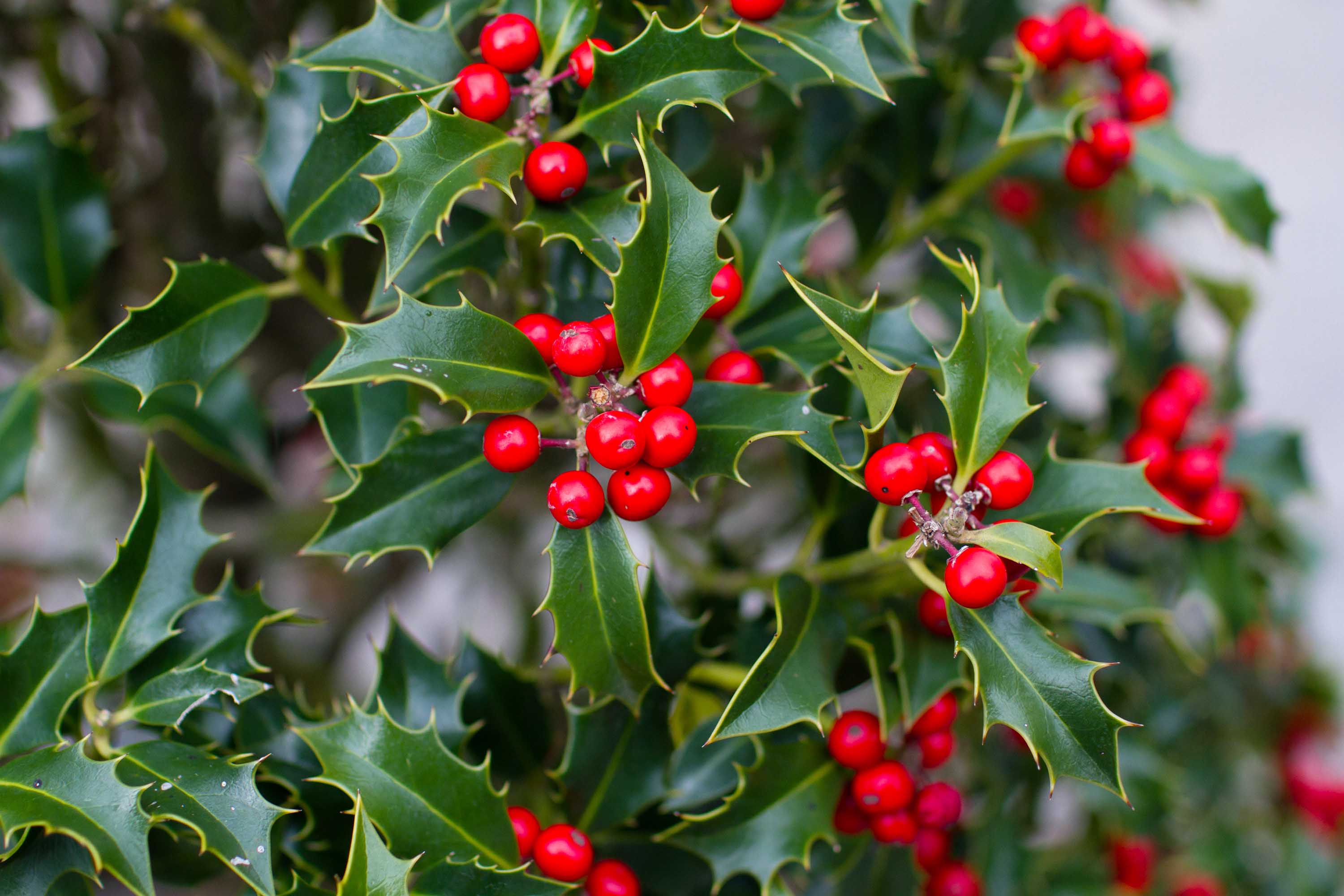
Mistletoe
As romantic as this flower is – one to kiss one’s love underneath at Christmas – it’s actually a parasitic plant. Growing it indoors means you have to have a host to grow it off. Seeding can occur in soil, but once roots form, the plant will need to be placed in a host tree’s bark.
Paperwhite Narcissus
A close relative to the daffodil and a very fragrant flower for your home at Christmas. They’re typically white but rare varieties can be orange or yellow.
Rosemary
Rosemary is a great house plant during the festive season; not only is it wonderfully fragrant, it’s ideal for all the Christmas cooking and can look a little like a mini Christmas tree too. Place your rosemary plant on a small tray of pebbles and water lightly.
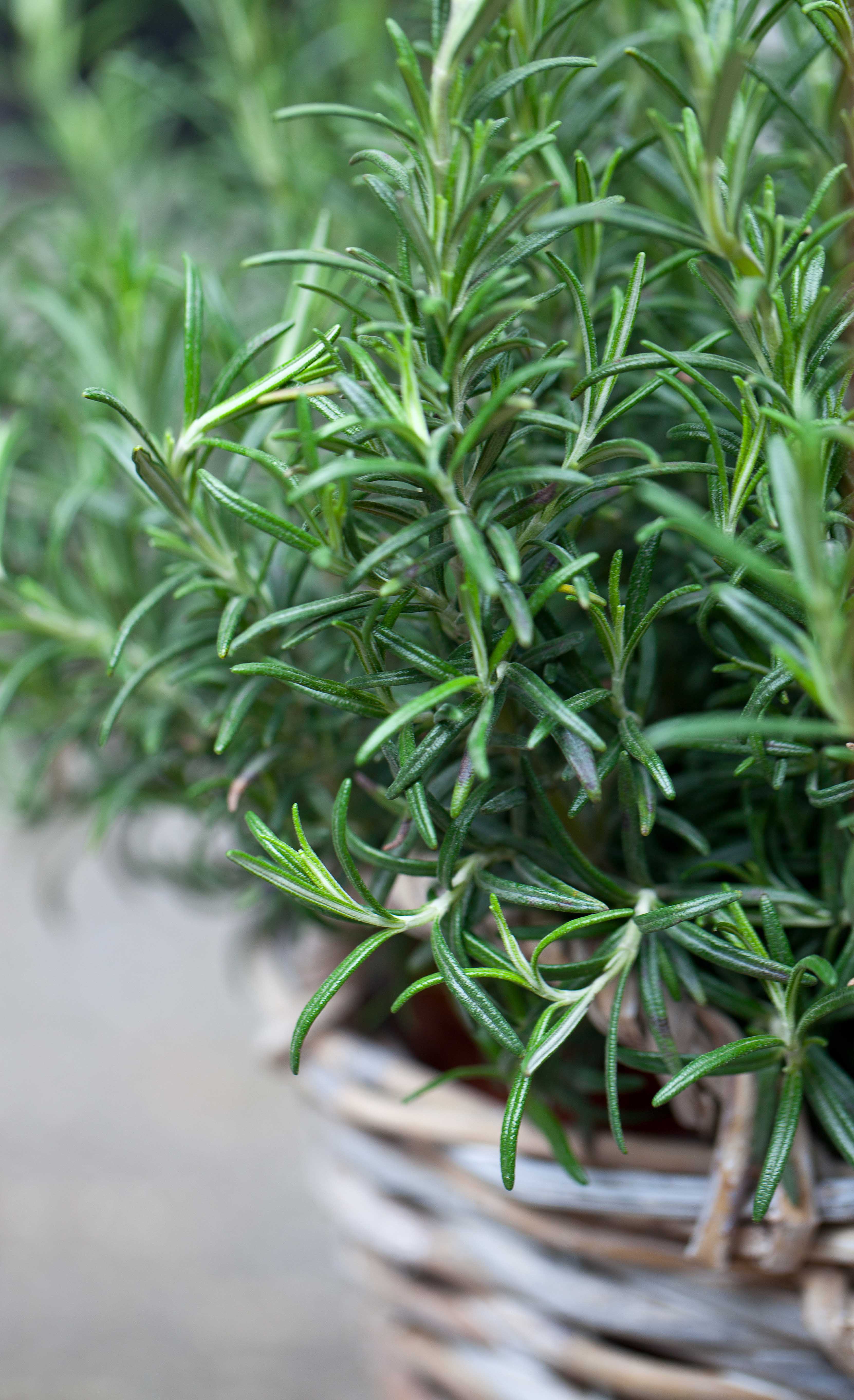
Orchids
A popular house plant all year long, the orchid is perfect for the cooler season. Try the Christmas-flowering Cymbidium. Cymbidium needs a cooler temperature than other winter houseplants, so keep it away from heat sources. Choose a bright spot and water once every one to two weeks.
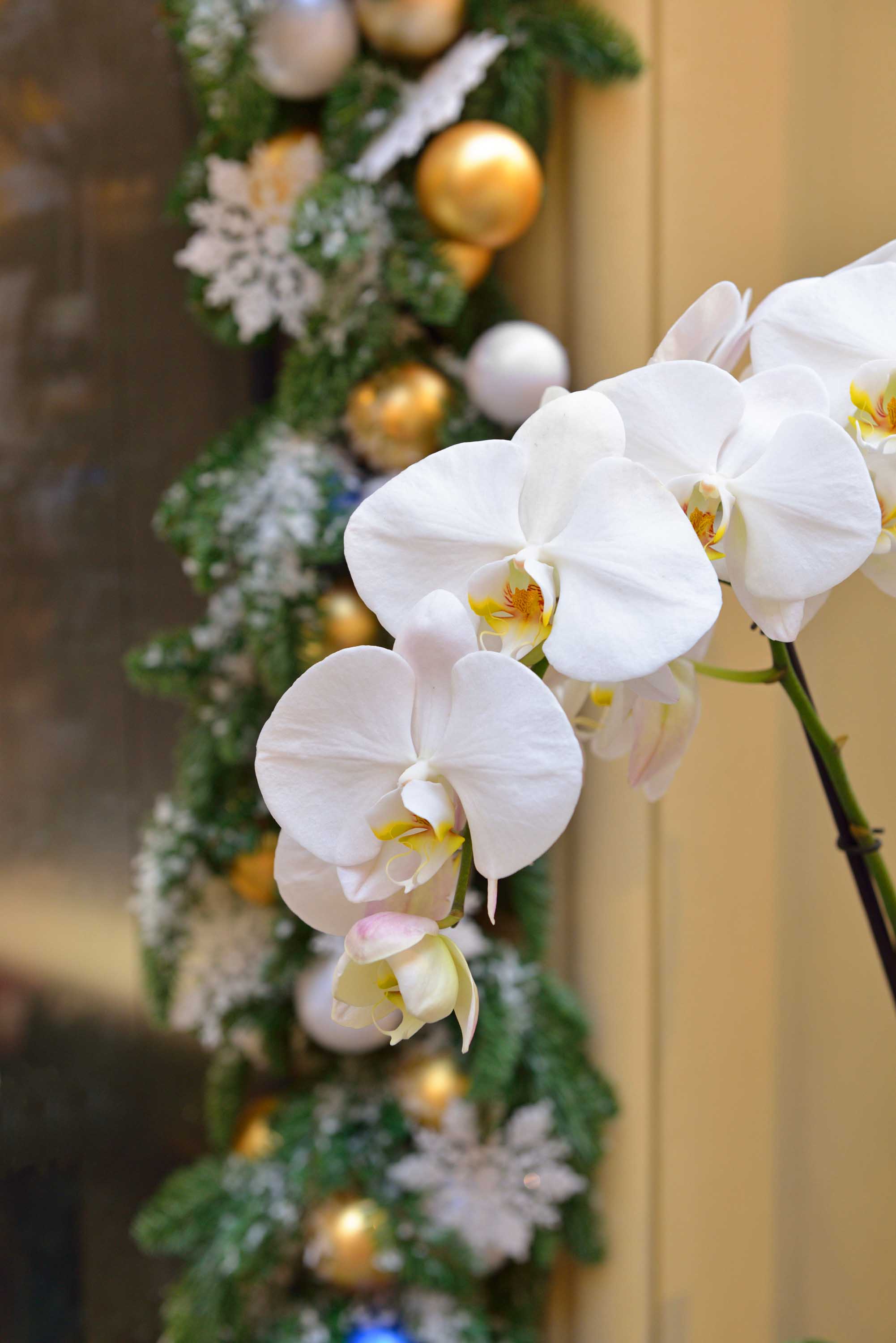
Christmas Cactus
This flower is a deservedly popular houseplant in winter, with attractive red, pink or white flowers. It’s best not to move the plant when in bud, as this can cause bud drop. For the rest of the year, it’s easy to keep; give it a bright spot, water when the soil feels dry, and feed every two weeks.
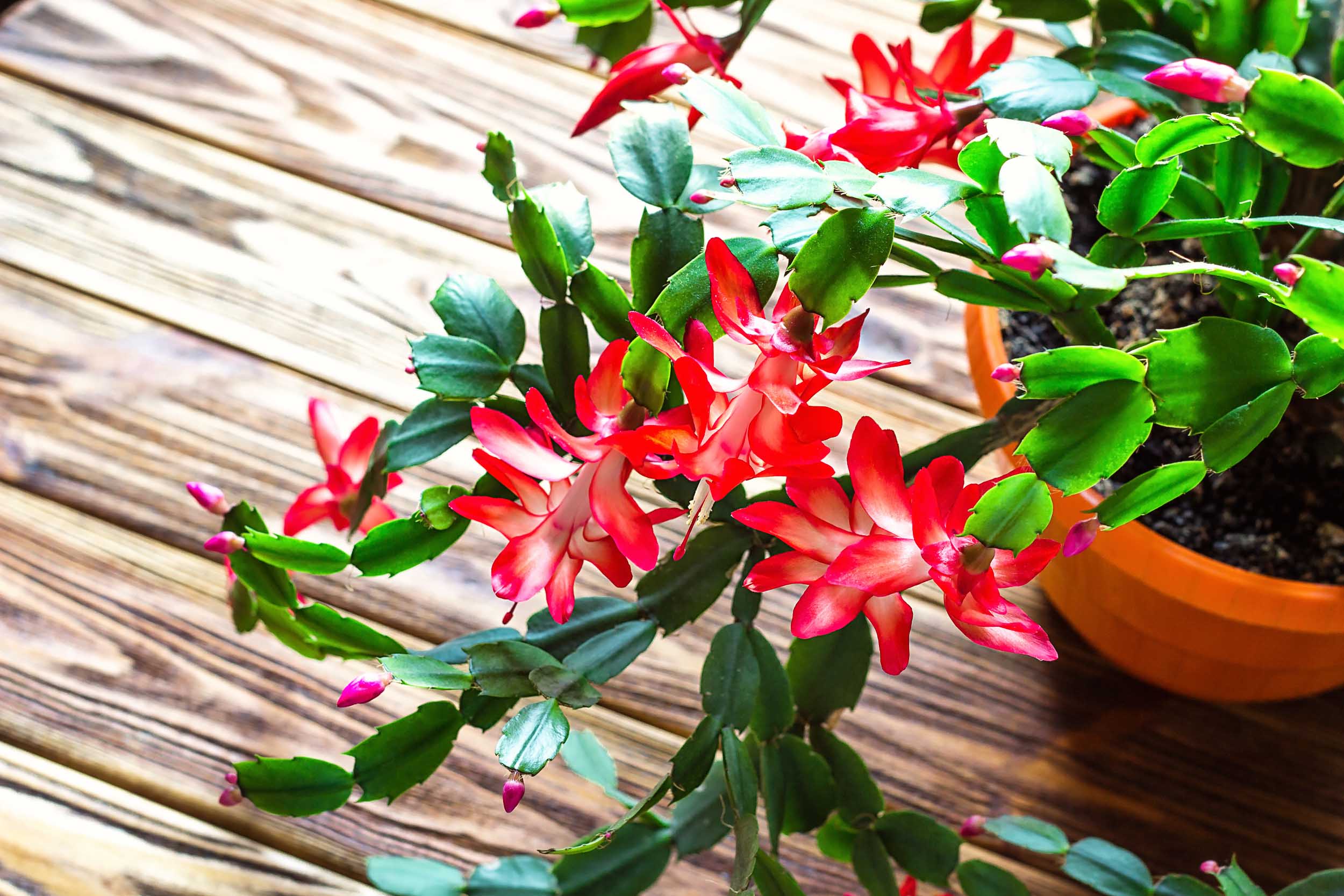
Hyacinth
Specially prepared hyacinth bulbs are forced into growth to produce early winter displays. Their fragrance is beautiful and will infuse the whole house. Keep plants cool and the compost moist. After flowering, let the plant rest; don’t water for six to eight weeks. When new growth appears, add fresh compost and start watering. Once flower buds form, don’t move the plant or the buds may drop.
The Christmas Rose
Christmas Rose or ‘Helleborus niger’ is a low-growing evergreen plant with a bright white flower. It is named the Christmas Rose because of a legend in which Helleborus niger sprouted from the snow where a young girl, who had no gift to give to the son of God, had been crying.
This flower can grow in the garden in winter but makes a good cut flower for indoors. It grows best in partial shade and can be quite particular when it comes to soil types. The Christmas Rose doesn’t tolerate acidic soils well and prefers shade and moisture to dry, sunny spots. Humus-rich, alkaline soil is ideal and for the best results you can improve the growing conditions by digging in well-rotted leaf mould or compost.
Begonia ‘Grace’
In the Dutch florist trade, the new begonia ‘Grace’ has been highly rated and voted as the houseplant with the most promise. It is far more appealing than its bare description – a begonia with crinkled leaves like those of holly and flowers with red and green petals. The green ones are not dominant and the red is a good deep scarlet. They can last till late January.
Hydrangeas
Particularly the Ankong Blue Deluxe variety. Hydrangeas are easy to maintain indoors and, of course, the plant can then be planted outdoors for years of future flowering in the garden. It produces broad heads of flower, first greenish blue, then pale blue-white, in what looks to be a new and very civilised Christmas colour.
Princettia
This is a new flower with coloured bracts like a poinsettia but smaller and much longer-lasting, even in a house with draughts and varying temperatures. The breeders are adamant that these upgrades will show colour for up to six months, brightening the entire winter in your home! We hope you enjoy our suggestions for winter flowering and that they bloom beautifully in your home.






